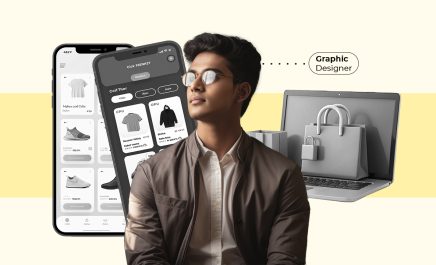Outsourced vs. In-House: Which Remote Graphic Designer is Right for Your Business?
- Visruth Devadas
- July 22, 2024
- 6 Minute Read
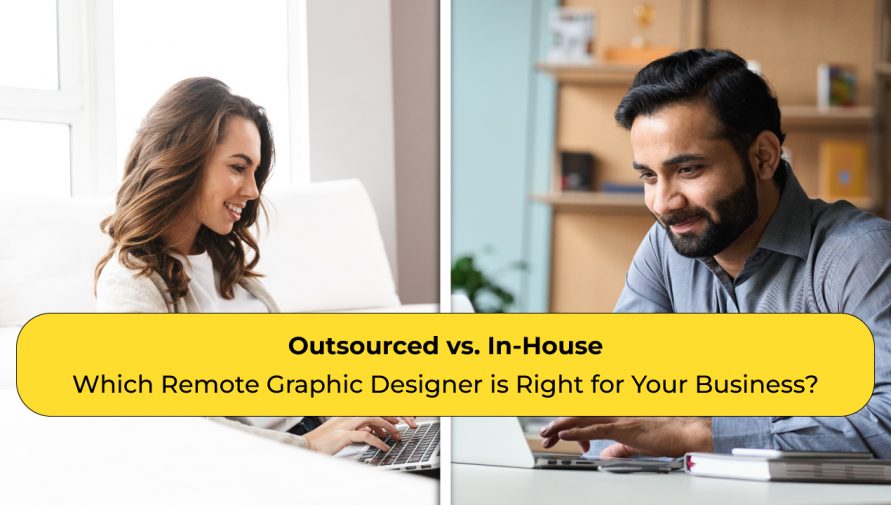
In today’s digital landscape, where social media rules the online world, creating a global presence for your brand is not easy. You need outstanding visual strategies to boost brand awareness and drive more engagement.
According to a report posted by Hubspot in September 2023, almost 50% of marketers are using videos and 47% are using images in their marketing strategies. The remaining are blogs (33%), infographics (30%), podcasts and other audio content (28%), and case studies (28%).
The above stats prove that visual content rules the marketing world. Therefore, to upscale your business and brand globally, an efficient graphic designer is paramount. They will influence your brand’s visual identity and operational efficiency and take you to the pillars of success.
However, one question that often arises is whether to hire a graphic designer or simply outsource the design needs. Deciding between an outsourced or in-house remote graphic designer can be tricky as several factors rule the decision: cost, quality, flexibility, security, and more.
Nonetheless, both options have advantages and disadvantages. Therefore, as an entrepreneur you must delve into the nuances of both outsourced and in-house graphic designers to know what works best for your business to make an informed choice.
Understanding Outsourced Graphic Designers
Outsourced graphic designers are individuals or agencies that provide design services to businesses on a contractual basis. Organizations can outsource graphic design projects to such third-party agencies or individuals for a fixed time limit. They create stunning visual content for marketing and other commercial purposes.
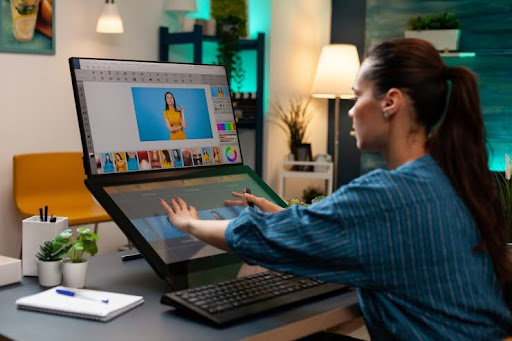
Businesses can look for graphic design outsourcing agencies or professionals on different online platforms like Uplers, Upwork, Fiverr, 99designs, and more. These platforms will help provide professional and efficient graphic designers who work as freelancers or on behalf of third-party design agencies.
Before you decide whether or not to outsource graphic design projects to third-party agencies or freelance designers, check the following pros and cons:
Pros of Outsourced Graphic Designers
- Businesses can outsource graphic design projects to third-party agencies or freelancers on a contractual basis, which eliminates the need to pay fixed salaries or other benefits.
- Outsourced graphic designers come with diverse expertise and styles that will help businesses meet their creative goals and stay ahead in the competitive market.
Cons of Outsourced Graphic Designers
- Communication and project management can be difficult with outsourced graphic designers, as they may work from different locations or time zones. Thus, businesses would have less control over the design process.
- Quality control can be an issue with outsourced designers as they would not always maintain consistency in designs.
Understanding In-House Remote Graphic Designers
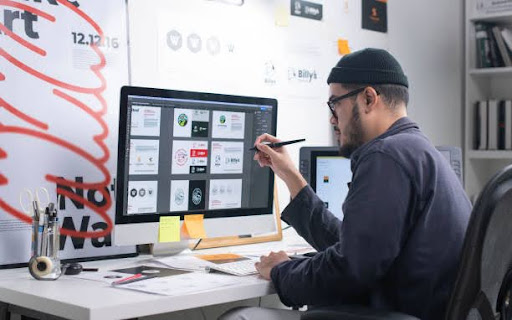
In-house remote graphic designers are hired as dedicated employees of any organization and manage all the design related tasks of the company. They directly collaborate with the marketing team to design custom visual content for advertising campaigns and other design-related tasks. Also, they’ve got an in-depth knowledge of the goals, values, and visual identity of your brand.
Recruitment and Hiring Process for In-House Remote Designers
The recruitment of in-house remote graphic designers involves a structured procedure. Here’s a step-by-step process you can consider:
Step 1: Advertise the position on various job portals, such as LinkedIn, Glassdoor, and other industry-specific job boards.
Step 2: Shortlist candidates based on their eligibility and qualifications.
Step 3: Start the interview process, which includes portfolio reviews and practical design evaluation.
Step 4: Once selected, train them on company culture, brand guidelines, and various project management tools.
Like outsourced graphic designers, in-house graphic designers also have certain advantages and disadvantages. They are as follows:
Pros of In-House Remote Designer
- Though working remotely, in-house graphic designers are more aware of the organizational culture, values, goals, and products than outsourced graphic designers. Thus, they demonstrate more precision and offer higher design consistency.
- Stakeholders and managers can directly manage the entire design process through close monitoring and last-minute changes.
- In-house graphic designers are immediately available for any kind of communication, especially for quick feedback or to make any instant changes to an ongoing project.
Cons of In-House Remote Designer
- Hiring in-house graphic designers incurs higher overhead costs, such as fixed salaries, incentives, medical benefits, paid time off, and training costs.
- In-house remote designers would have limited skill sets and creativity, majorly resulting in less diversity in design options.
Cost Comparison: Outsourced vs. In-House
Initial Costs and Ongoing Expenses
Graphic design outsourcing agencies charge per project or per hour, which can be pretty low initially. But if you’re hiring top-quality designers or agencies, then they might charge premium prices.
Hiring in-house remote graphic designers would charge hefty salaries along with employee benefits. Also, you would have to bear other expenses like infrastructure and training costs. For long-term collaboration, these expenses are higher, but they are more predictable.
Factors affecting cost efficiency
In-house graphic designers would be beneficial and cost-effective for long, ongoing projects. The salaries, benefits, and training costs might appear hefty, but it’s an investment in the long run. The money spent on training would be utilized to upgrade their skills and efficiency, resulting in better output for future projects, too.
However, if you’re looking for someone to help you with one or two projects, then an outsourced graphic designer would be more economical and practical. Even if they’re charging more, it would be less expensive, as you’ll be paying only for the work that you need.
Real-world examples of cost differences
Outsourcing a logo designing task to an outsourced graphic designer from Upwork might cost $500 to $1,000 per project.
The salary of an entry-level graphic designer could be around $40,000 annually, with other benefits of 25% to 30%.
Quality and Control: Which Offers Better Results?
Quality Control in Outsourcing vs. In-House
Most of the time, outsourced graphic designers handle multiple projects from multiple clients at the same time. This might result in divided focus and low consistency in the quality of work. Also, it is not possible to closely monitor or make frequent changes to their design work as they might be working from different locations or time zones.
Businesses have direct control over the design process if they hire in-house designers. Project managers can easily track the design process and make modifications whenever required.
Project Management and Oversight
Effective project management is an integral part of any project.
Outsourced designers need powerful tools to help in their design process and clear communication to ensure project deadlines and standards are met.
With in-house graphic designers, coordination and real-time collaboration are easier and smooth.
Flexibility and Scalability
Flexibility of Outsourced Designers
Outsourced designers offer optimum flexibility and allow businesses to adapt to changing design needs promptly. Hence, businesses can increase or decrease the number of designers based on the volume of work and also, limit their expenses.
Scalability with In-House Teams
Businesses lack this flexibility with in-house designers. They work as full-time employees and are entitled to the entire compensation they were entitled to during hiring irrespective of the workload.
Which Option Suits Different Business Sizes and Needs
Graphic design outsourcing agencies are cost-effective and flexible, so small businesses or those with low budgets are more likely to benefit from them.
For large entities, the design control and consistency offered by in-house designers are preferable for long-term and ongoing design projects.
Communication and Collaboration
Communication Tools and Practices for Outsourced Designers
Effective communication is crucial for outsourced graphic designers. Businesses can communicate through various project management software tools, video conferencing, and instant messaging. Regular updates, detailed project briefs, and productive feedback allow businesses to align the designers with the project needs and monitor progress.
Collaboration Methods for In-House Remote Teams
In-house remote graphic designers can collaborate seamlessly using tools like Microsoft Teams, Jira, and Miro. To enhance teamwork, they can conduct daily stand-ups, collaborative design sessions, and integrated project management systems.
Challenges and Solutions in Communication
Working with graphic designers from different time zones and cultural backgrounds can lead to delays in responses and probably slow down project delivery times.
Providing detailed project briefs and guidelines can eliminate the chances of misinterpreting project needs. Businesses and graphic designers can also overlap their working hours for real-time collaboration.
Security and Confidentiality
Data Security Concerns with Outsourcing
Outsourced graphic designers might lack strong security protocols to safeguard the security and confidentiality of clients’ data. Thus, collaborating with unreliable design agencies can lead to data breaches and intellectual property leak risks, which can compromise the business’s market strategies.
Confidentiality Issues with In-House Remote Designers
In-house designers can easily access company data, which might sometimes lead to unauthorized access to sensitive data.
Best Practices for Maintaining Security and Confidentiality
To maintain the security and confidentiality of company data and intellectual property, companies should use secure file-sharing and communication platforms. Also, they should make all graphic designers sign non-disclosure agreements and limit access to sensitive data as per roles and designations.
Impact on Company Culture
How Outsourced Designers Affect Company Culture
Outsourced graphic designers might not fully understand your company’s values and brand image, eventually affecting the quality of their work. Focusing on building strong work relationships can promote effective collaboration.
Integrating In-House Remote Designers into the Company Culture
In-house remote graphic designers are more familiar with the company’s culture and brand persona.
Strategies for Maintaining a Positive Culture with Remote Teams
Employers can maintain a positive culture with remote teams in several ways. By encouraging open communication, they can reduce the chances of miscommunication. Also, organizational events and team-building activities will integrate inclusion among them. Thus resulting in a more consistent work delivery.
Conclusion
After analyzing both outsourced and in-house graphic designers, it will be easier for you to decide which option to choose. Many factors rule this decision, such as budget, project size, brand requirements, and more.
As discussed above, in-house designers offer consistency and smooth collaboration, whereas outsourcing provides cost efficiency and access to diverse skill sets. Regardless of what you choose, it should meet your business goals, availability of resources, and future business plans.
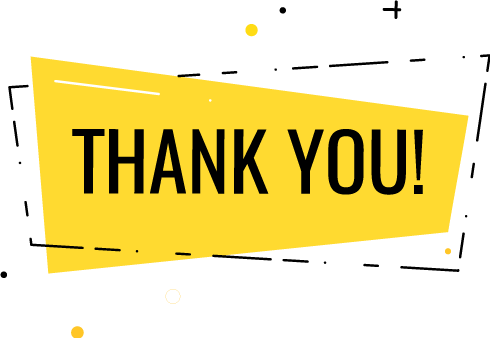

Thank you for submitting the details!
We will keep your information safe. Feel free to contact us with any questions at hello@uplers.com
Please check your email for next steps shared by Robert.

